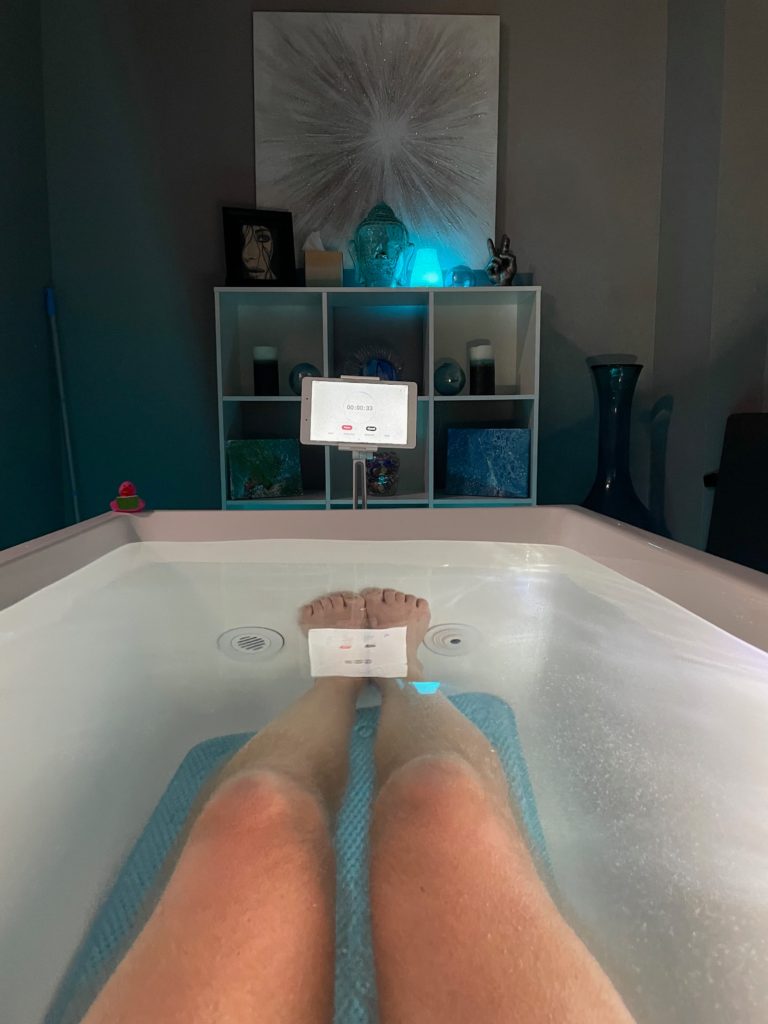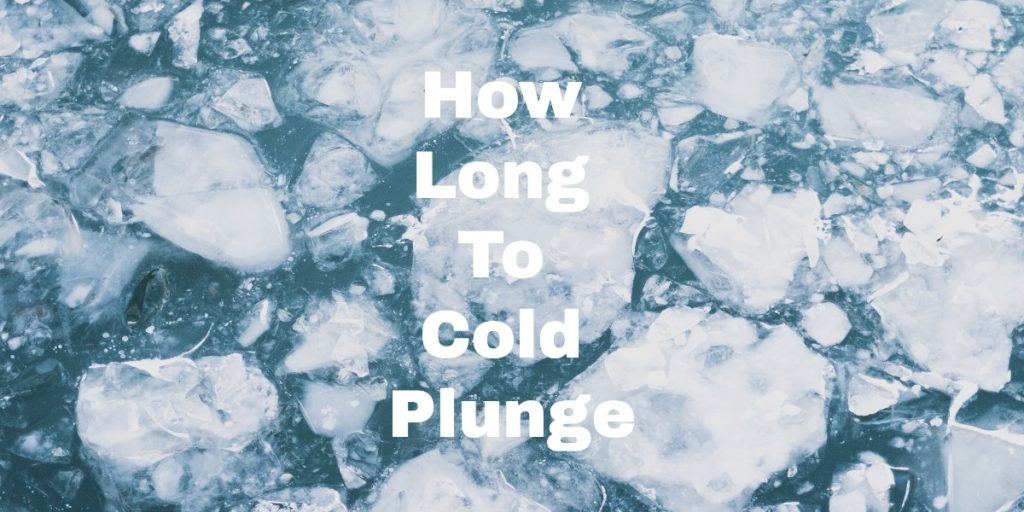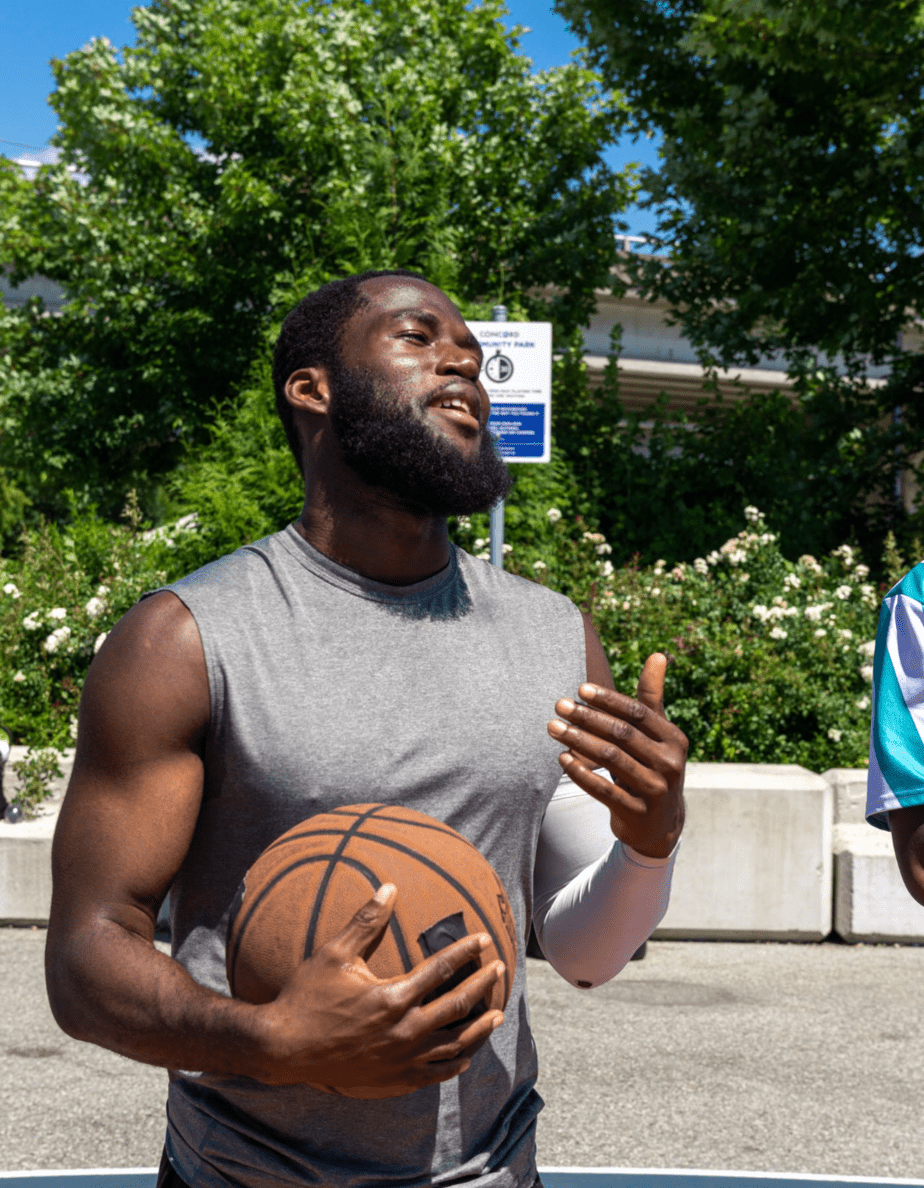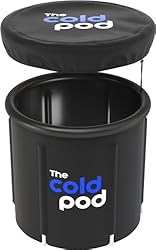How Long To Stay In A Cold Plunge By Time Temperature in Table Format
“How long do you cold plunge?” is a question I needed to answer when I decided to try an “at home” session. I have done cryotherapy several times at facilities in Omaha, Dallas, and Phoenix, but had only done an official cold plunge at a place called Optimyze in Phoenix over Christmas break in 2022. They had two different plunge pools set at 39 and 42 degrees Fahrenheit respectively. As a beginner, they recommended 3 to 4 minutes at that temperature.
I knew I wouldn’t be able to get my bathtub to that low of a temperature. I ran the coldest water I could from our tap and then emptied what we had in the refrigerator ice chest as well as some random ice packs. The lowest it was going is about 61 degrees Fahrenheit. So how long should I stay in a cold plunge at that temperature? Is there even any benefit to it? I have found a couple of facilities in Omaha but I didn’t want to take the time driving (or pay the fees). I just wanted a simple table showing the temperature range and the recommended safe duration. To my amazement, I couldn’t find one. So I decided to do the research and build one.
Cold Plunge Temperature and Time
Here’s a table that shows the maximum recommended duration for the cold plunge based on water temperature:
| Water Temperature | Time |
|---|---|
| 34-40°F (1-4°C) | 1-2 minutes |
| 40-50°F (4-10°C) | 3-5 minutes |
| 50-60°F (10-16°C) | 5-7 minutes |
| 60-70°F (16-21°C) | 7-10 minutes |
In addition, to scouring the internet for relevant resources (see the article list below) my other reference point was my discussion with Steven Scott, MS, EP-C, USAW-1 of Re-Gen Fitness and Recovery in Omaha, NE. They set their cold tubs to between 50-60°F for 15-minute sessions.
How Long Should I Cold Plunge: Major Factors
It’s important to note that these are just general guidelines and everyone’s tolerance to cold exposure can vary. It’s always a good idea to start with shorter durations and gradually work your way up to longer ones as your body becomes more accustomed to the cold. Additionally, it’s important to prioritize safety and not stay in the cold water for too long if you start to feel uncomfortable or experience any adverse effects.
Ice baths are a great option if you want to try cold water therapy at home. Fill up your tub and add ice until the temperature reaches somewhere between 50 and 59 degrees fahrenheit. Stay immersed in the water for about three to five minutes. If you’re a beginner, start here and then get out to see how you feel. As you become more comfortable with cold water therapy, try working your way up to eight to 10 minutes.
Saunahouse.com
The duration of a cold plunge can vary based on a range of factors, including:
- Individual tolerance to cold: Everyone’s tolerance to cold exposure is different, and what may be tolerable for one person may be too intense for another.
- Age, health conditions, and other considerations: Factors such as age, overall health, and any pre-existing health conditions can impact your ability to tolerate cold exposure.
- Water temperature: The temperature of the water will have a significant impact on how long you can stay in the cold plunge. Colder water temperatures will require shorter durations to avoid overexposure.

Andrew Huberman, Ph.D. On How Long You Should Stay In The Cold Plunge
Andrew Huberman, Ph.D. talks with Chris Williamson on his Modern Wisdom podcast bout how to do sauna and ice bath exposure. He talks about the minimum effective dose at the 45-second mark.
Based on the latest research, the minimum effective dose to achieve the benefits of ice baths is 11 minutes over the period of a week, spread out in smaller session of 2-4 minutes.
RecoveryGuru.com.au
The quote above and Huberman’s comments reference cold and heat scientist and expert Susanna Søberg, Ph.D‘s study in the journal Cell, that 11 minutes is the minimum effective dose for cold plunging. That seems doable right?
Tips for Cold Plunging Safely
Cold plunging can be a safe and effective practice when done correctly, but it’s important to prioritize safety and not push yourself too far too fast. Here are some tips for cold plunging safely:
- Start with a gradual approach: If you’re new to cold plunging, start with shorter durations and gradually work your way up to longer ones. Listen to your body and don’t push yourself too far too fast.
- Be aware of the signs of overexposure: If you start to feel uncomfortable, experience extreme shivering, or notice any other adverse effects, it’s important to end the session and warm up.
- Prepare for cold plunging: It’s a good idea to prepare your body for cold plunging by taking a warm shower beforehand, wearing warm clothing after the session, and avoiding alcohol and caffeine before the plunge.
- Use recovery methods: After a cold plunge, it’s important to warm up slowly and use recovery methods like stretching, massage, or hot showers to help your body recover.

I just heard about this little hack from Gabrielle Reece on the Money Rehab with Nicole Galpin podcast. It is a quote from around the 26-minute mark when the host was asking her about different health hacks. This one was in regard to ice baths.
Absolutely, and I will give you one little trick. It’s called the mamillian reflex. So, if people get in and get their face first wet you actually prepare your body for the cold once you put the cold here on your cheeks. So nobody wants to do it but it does help you.
Gabbrielle Reece on Money Rehab with Nicole Galpin podcast
Thank you Apple podcast algorithm for putting this in my line of sight. My interpretation is to put a little of the cold water on your cheeks before you get in not after you are already in. I am going to give it a try.
Conclusion (My Routine Going Forward)
Cold plunging is something I want to regularly incorporate into my weekly routine. By better understanding, the recommended cold plunge duration based on water temperature and other factors, I hope to find a convenient and cost-effective way to do this at least once a week. I will make updates to this post or link to other posts on the blog as I get my routine figured out. I hope the table on how long to cold plunge helps you out.
References
- Wim Hof Method. “Cold Therapy.” Accessed March 30, 2023. https://www.wimhofmethod.com/cold-therapy.
- The Journal of Physiology. “Human physiological responses to cold exposure: acute responses and acclimatization to prolonged exposure.” Accessed March 30, 2023. https://physoc.onlinelibrary.wiley.com/doi/full/10.1113/JP275520.
- Sauna House. Introduction to Cold Water Therapy.” Accessed March 30, 2023. https://www.saunahouse.com/blogs/wellness-guide/intro-to-cold-water-therapy.
- Recovery Guru. “Ice Bath Temperature and Timing.” Accessed March 30, 2023. https://www.recoveryguru.com.au/blog/ice-bath-temperature-and-timing.
Troy Wallace
Troy Wallace is Certified Basketball Speed Specialist and shares his experiences in trying to stay as healthy as possible to stay on the court. He is active in coaching youth basketball in YMCA, Team Work Sports Nebraska, and, currently, in the Jr. Warriors program in Omaha, NE. Visit Troy's Full Author Bio Page or email him directly.
Meaningful conversations happening daily about training, recovery, and injury-specific rehabilitation as well as sport-specific discussions on playing, coaching and refereeing your favorite sport. We welcome experts and those with curious minds seeking answers.
Join The Stay On The Court Community!

